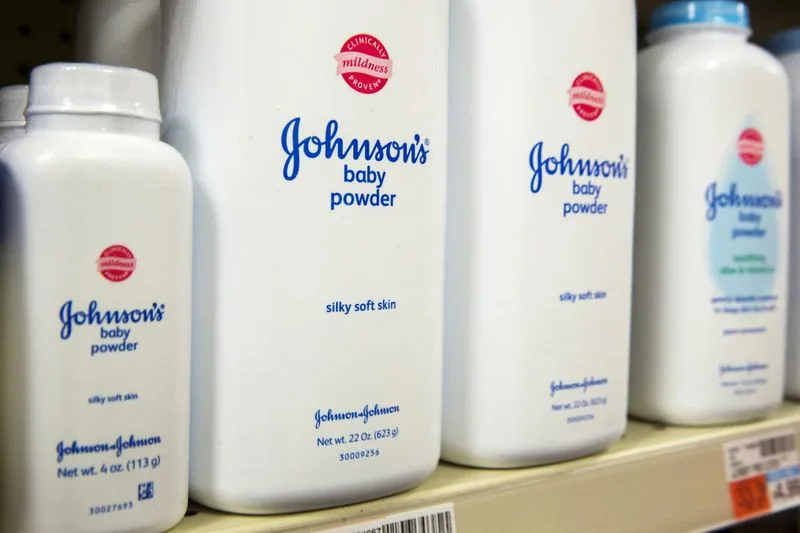In a recent verdict, Johnson & Johnson has been ordered to pay $260 million to a woman from Oregon who claimed that she developed mesothelioma, a fatal cancer associated with asbestos exposure, from using the company’s talc powder. The jury’s decision, reached in the 4th Judicial District Circuit Court in Portland, includes $60 million in compensatory damages and $200 million in punitive damages, covering both the plaintiff and her husband.
This ruling comes at a time when Johnson & Johnson is actively seeking a proposed $6.48 billion settlement for most of the talc-related lawsuits against the company through a prepackaged bankruptcy. Despite the verdict, Erik Haas, J&J’s worldwide vice president of litigation, maintains that the scientific evidence consistently proves the safety of talc, stating that it does not contain asbestos and does not cause cancer. Haas announced that the company plans to appeal the verdict and is confident in obtaining a reversal.
Kyung Lee, the plaintiff in this case, was diagnosed with mesothelioma at the age of 48 last year.
According to Lee, she was exposed to asbestos-contaminated talc for over three decades. The exposure began in her infancy when her mother used the talc on her, and continued as she used it herself as a deodorant.
Johnson & Johnson (J&J), the defendant, argues that their talc products are asbestos-free and do not cause cancer. They claim that numerous scientific studies conducted over the years support the safety of their products.
During the trial, a lawyer representing J&J suggested that Lee’s illness was most likely caused by her exposure to asbestos in a factory near her childhood home.
The trial was observed by Reuters through the Courtroom View Network.
J&J is currently facing more than 61,000 lawsuits related to talc. The majority of these cases involve women with ovarian cancer, while a smaller number involve individuals with mesothelioma. The company has already settled the majority of the mesothelioma cases.
In order for J&J to secure approval for a bankruptcy settlement that would bring an end to the litigation, they need the support of at least 75% of the remaining plaintiffs. This settlement would effectively put a stop to future cases and prevent individuals from opting out of the agreement.
Previous attempts by the company to resolve the talc cases through bankruptcy have been rejected by the courts. However, J&J remains confident that the current effort will succeed with the support of the plaintiffs.
A class action lawsuit was filed on May 22 by a group of plaintiffs who are opposed to the settlement. They argue that it is a “fraudulent” abuse of the bankruptcy system and are seeking to halt the deal.
The outcomes of the talc cases have been mixed, with significant victories for the plaintiffs, such as a $2.1 billion judgment in 2021 awarded to 22 women with ovarian cancer. However, J&J also won an ovarian cancer case in April but was hit with a $45 million verdict in a mesothelioma case.
